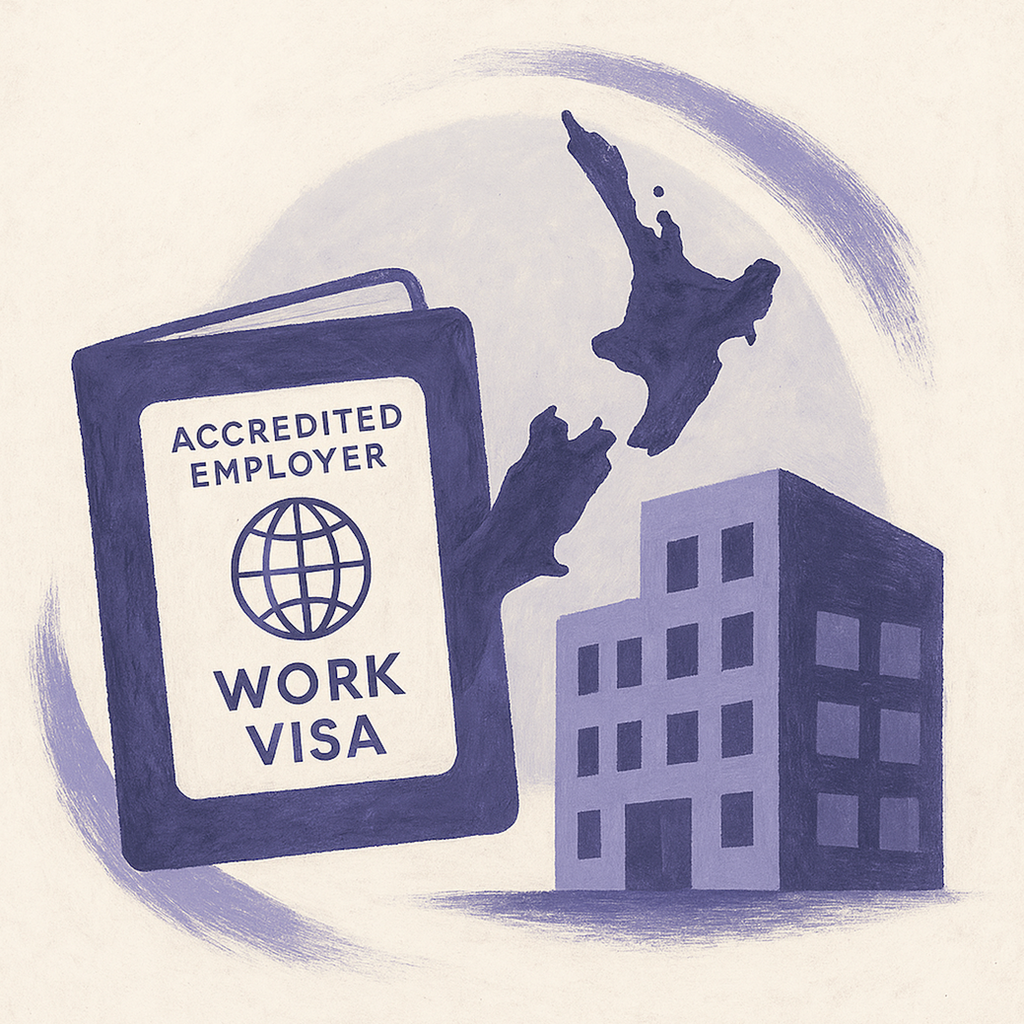Why M&A, headcount shifts, and title changes can quietly derail long-term immigration strategy—and how HR can prevent it.
A company reorg can make strategic sense, but it can quietly undo a green card process in progress.
Maybe a foreign national employee is finally eligible for the next step.
Maybe the PERM recruitment just wrapped.
Maybe the I-140 was filed two weeks ago.
And now leadership is announcing a new org structure.
Titles are shifting.
Teams are merging.
Office locations are changing.
To the business, it’s a restructuring.
To immigration, it is a disruption.
Why the green card process during a company reorg is at risk
PERM is based on a very specific job:
- Exact title
- Defined responsibilities
- Wage level
- Work location
If any of those change mid-process, you may have to start over.
That means:
- A new wage determination
- Another full recruitment cycle
- Losing the priority date if the I-140 hasn’t been approved
- A multi-month delay in progress
This is not just a legal issue. It’s an operational and retention risk.
Three ways green card progress can fall apart
1. A title change that looks like a promotion
Promoting someone from Software Engineer to Senior Software Engineer may look simple.
But it can shift job responsibilities, wage levels, and even SOC codes.
That often triggers a requirement to restart the PERM process.
2. A location change that breaks the LCA
PERM is location-specific.
If someone moves from Chicago to Denver—or switches from the office to remote in a new county—it might require a new LCA and restart the entire process.
A move that takes one hour to execute can result in a one-year delay.
3. An M&A event that changes everything
If your company is acquired or merges with another, the sponsoring entity may change.
That can require refiling green card petitions or revisiting sponsorship terms.
Without an early review, it is easy to lose progress.
How to protect the green card process during a company reorg
You don’t need to block internal changes. But you do need to plan around an immigration strategy.
Here is what helps:
- Flag employees with active or pending PERM or I-140 before finalizing org changes
- Cross-check new job titles, responsibilities, and locations against existing filings
- Work with your immigration provider early in the planning phase
- Use a checklist to assess risk: “Does this change affect a green card case?”
Think of immigration the same way you think of payroll or benefits.
It’s a core function that gets disrupted if you do not build it into reorg planning.
How to talk to leaders about immigration risk
You do not have to explain immigration law. You just have to make the risk real in business terms.
Try:
“This employee is 14 months into the green card process. If we change their title now, we may need to start over, which adds legal cost and delays, and increases the risk that we lose them.”
Or:
“This team restructure affects several employees with active green card filings. Some of them may need to refile if we move ahead without adjustment.”
Leaders do not want to create friction. They just need to see the consequences clearly.
Immigration is not just paperwork. It’s a long game.
The green card process during a company reorg is fragile.
Even small changes can unravel months or years of progress.
The goal is not to freeze the business. It’s to make sure smart moves don’t come at an unexpected cost.
Disclaimer: Content in this publication is not intended as legal advice, nor should it be relied on as such. For additional information on the issues discussed, consult a WayLit-affiliated attorney or another qualified professional.


.svg)


